From Thor’s role in the Marvel Cinematic Universe to the influence of the historical period on The Elder Scrolls V: Skyrim, Vikings and the Viking Age remain a pop culture mainstay well into the 21st century. Whether you’re discussing the original meaning of the word, its medieval connotations, or its modern-day derivation, these individuals have stood the test of time to remain some of the most famous Vikings in history. Let’s run through ten of the most popular individuals from the Viking Age below. How many can you recognize?
Hrolf Kraki
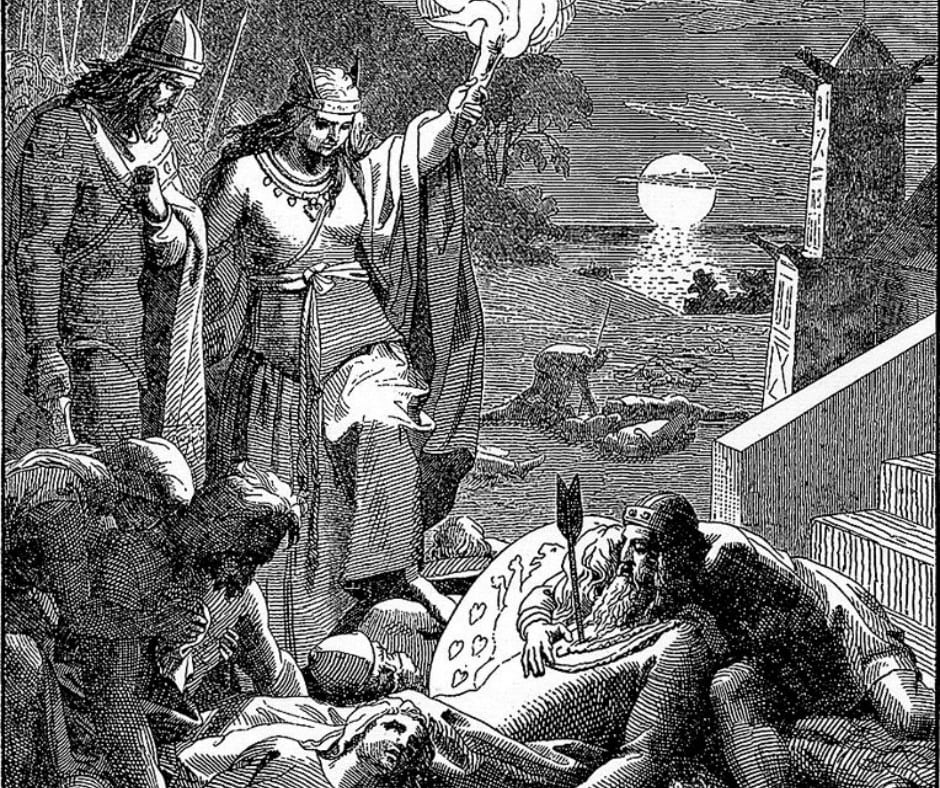
Beowulf
features a fictionalized version of Hrolf Kraki.
©1856 – Original / License
Hrolf Kraki was a Danish king from the 6th century. History refers to him as a semi-legendary figure, with his name appearing across both Anglo-Saxon and Scandinavian texts. (The most famous of these is a poem by the name of Beowulf. Heard of it?) Throughout his appearances, Hrolf Kraki was characterized by his courageous and mighty acts in the face of all sorts of mythical and historical foes. Historians are divided on what’s fact and what’s fiction in the life of Hrolf Kraki, but one thing is certain: he remains one of the most famous Vikings today.
Ragnar Lothbrok
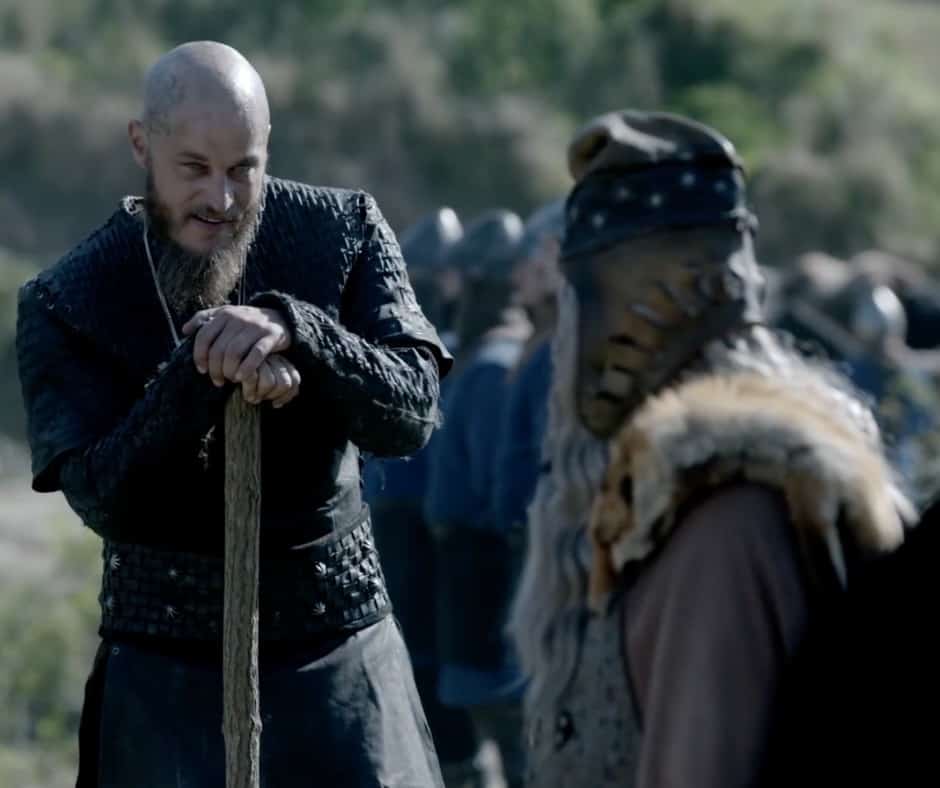
©The History Channel – Original / License
Like Hrolf Kraki, Ragnar Lothbrok is another legendary Viking hero. Throughout the Old Norse poetry of the Viking Age, Ragnar Lothbrok makes some truly audacious raids across France and England. Stories of his brave exploits continued to echo throughout Norse mythology for centuries. No one can say for certain how much of Ragnar Lothbrok’s actually happened, but there’s no doubt his name is a well-known one in the history of Vikings. (The same goes for his descendants, a couple of which we’ll touch on later.)
Egil Skallagrimsson

©Wikimedia Commons – Original / License
Egil Skallagrimsson was a cunning warrior and skilled poet profiled in Egil’s Saga, an Icelandic saga of the Skallagrimsson clan from approximately 850-1000 AD. Egil Skallagrimsson’s life was defined by epic battles, poetic talent from a very early age, and a complex personality in line with the best anti-heroes of today’s entertainment. It’s a common theme so far, but it’s not clear how much of his life was fact and how much is fiction. Still, his name was one of the most iconic in early Icelandic literature and the Viking Age alike. It remains a notable one in the present day, too.
Gunnar Hamundarson
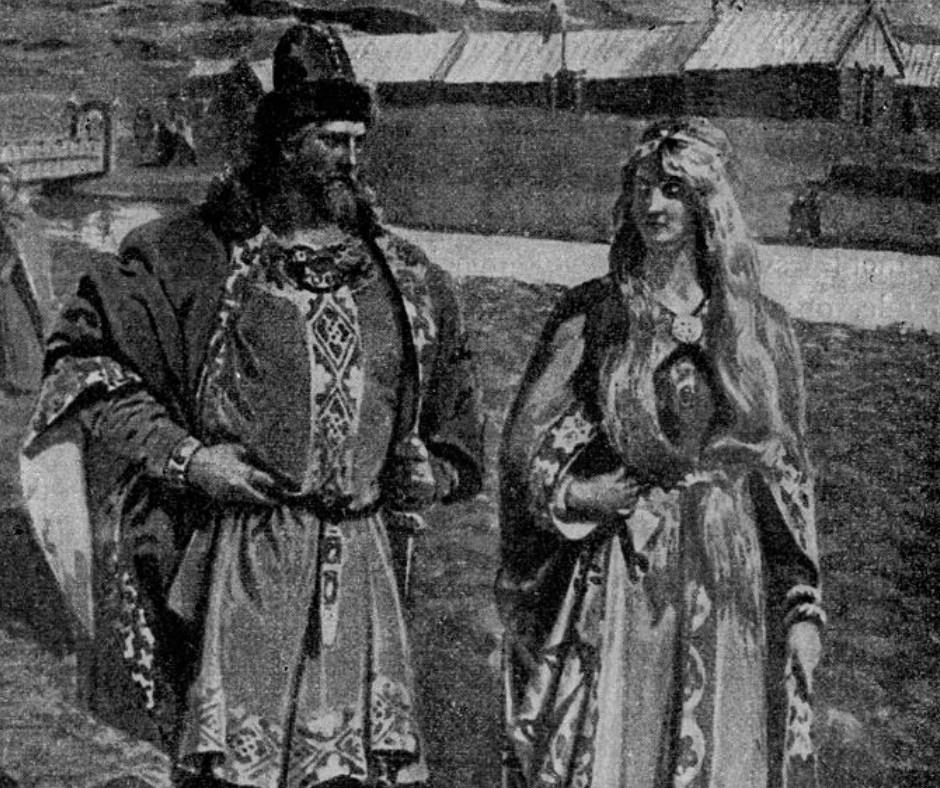
©Vore fædres liv – Original / License
Gunnar Hamundarson is an Icelandic hero from the 9th century. (He’s also known as Gunnar of Hlíðarendi.) This Viking has been fondly remembered by history because of his grand adventures and bloody duels throughout the Njáls Saga. Not unlike Egil’s Saga, Gunnar Hamundarson’s true history is blended with exaggerated fictional elements for maximum entertainment value. Other important characters include his wife Hallgerðr langbrók and his friend Njáll Þorgeirsson: two key figures in Gunnar Hamundarson’s dramatic life story.
Bjorn Ironside
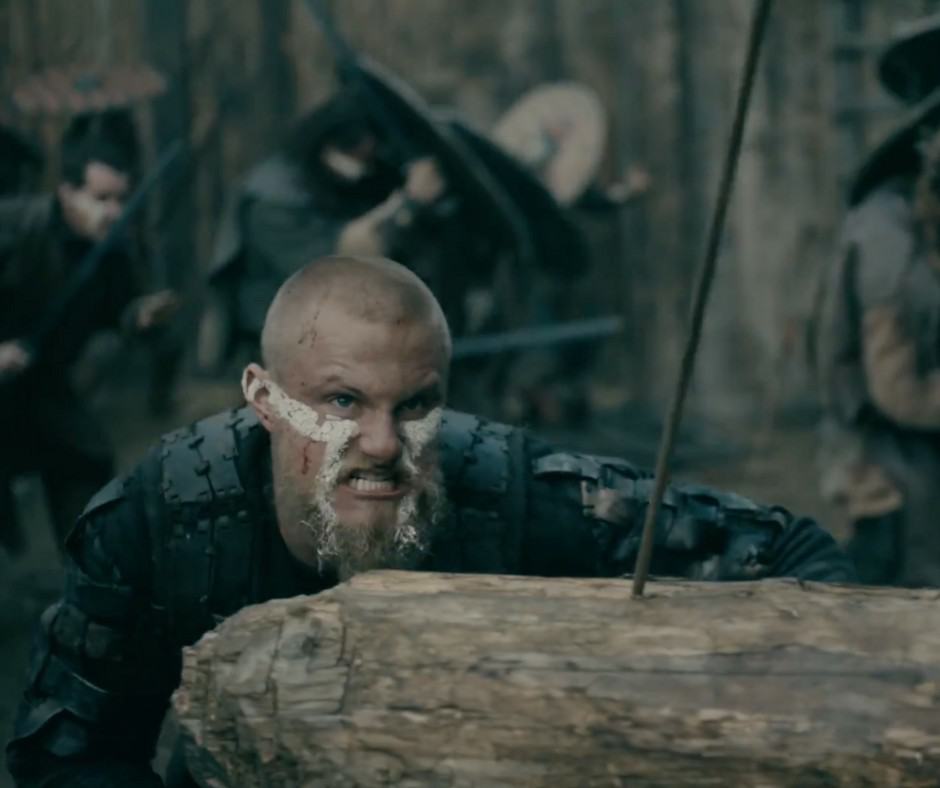
Vikings.
©The History Channel – Original / License
Bjorn Ironside is one of many sons of Ragnar Lothbrok. (Remember him?) Like his father, he was a legendary Norse hero and king who appeared throughout the histories of the 9th century through to the 13th century. Also like his family patriarch, Bjorn Ironside is remembered for fearlessly leading raids that played a hugely significant role in the Viking Age. His reputation is that of a formidable warrior, a powerful ruler, and a genius naval commander. (Fans of The History Channel’s Vikings will know what I’m talking about.)
Ivar the Boneless
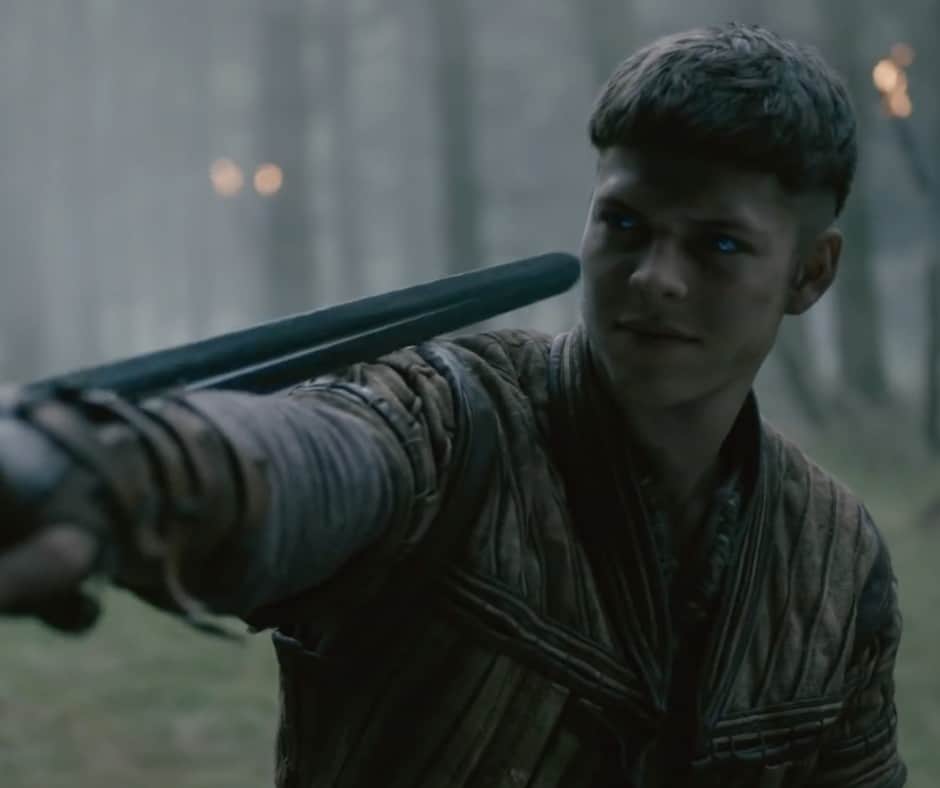
Vikings
series depicts Ivar as having no use of his legs.
©The History Channel – Original / License
Here we have another son of Ragnar Lothbrok: Ivar the Boneless, Viking leader and brilliant warrior. Based on his name, he is believed to have had a debilitating physical condition. While he’s yet another example of someone who exists in the grey area between fact and fiction, his name and legacy are nevertheless notable. (Many historians believe Ivar the Boneless to be synonymous with the real Viking king of Dublin, Ímar.) Ragnar Lothbrok’s family is riddled with some of the most famous Vikings in history, and Ivar the Boneless is no exception.
Canute the Great
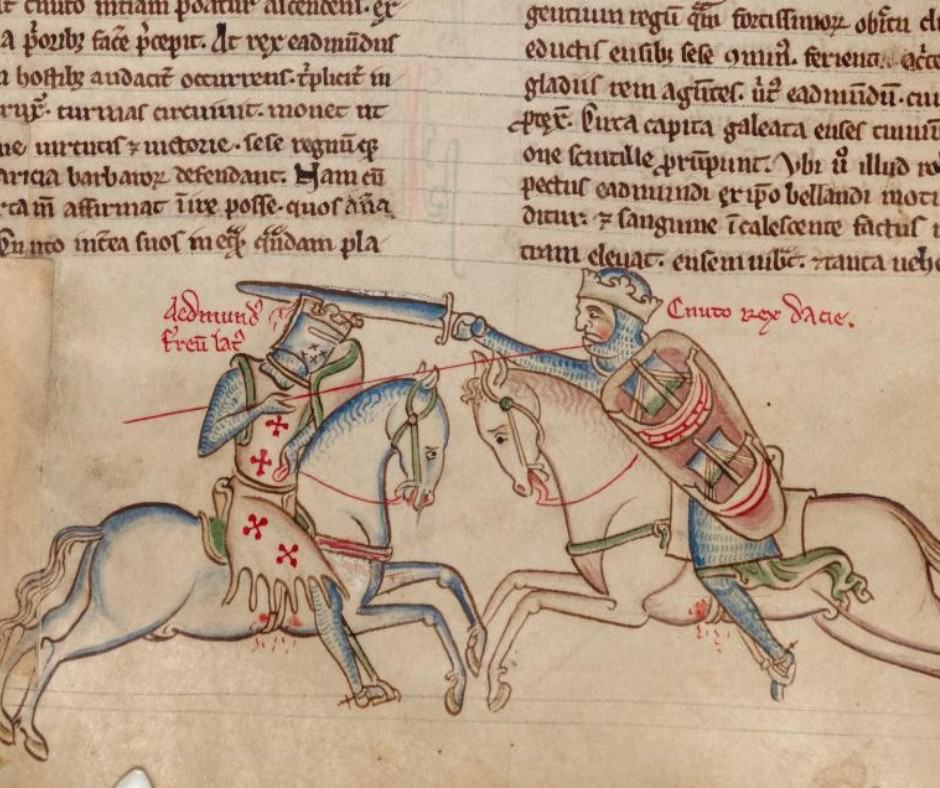
©Chronica Majora – Original / License
Canute the Great was a Danish king of the 11th century. Throughout his reign, Canute the Great ruled England, Denmark, and Norway with significant political prowess. Viking history has long remembered Canute the Great for his success in unifying the North Sea Empire (a.k.a. the Anglo-Scandinavian Empire). Though it was near the end of the Viking Age, Canute the Great still had an immense impact on the overall history of England, Denmark, and Norway. He even dabbled with Scottish rule, albeit very briefly and with very little impact.
Thorkell the Tall
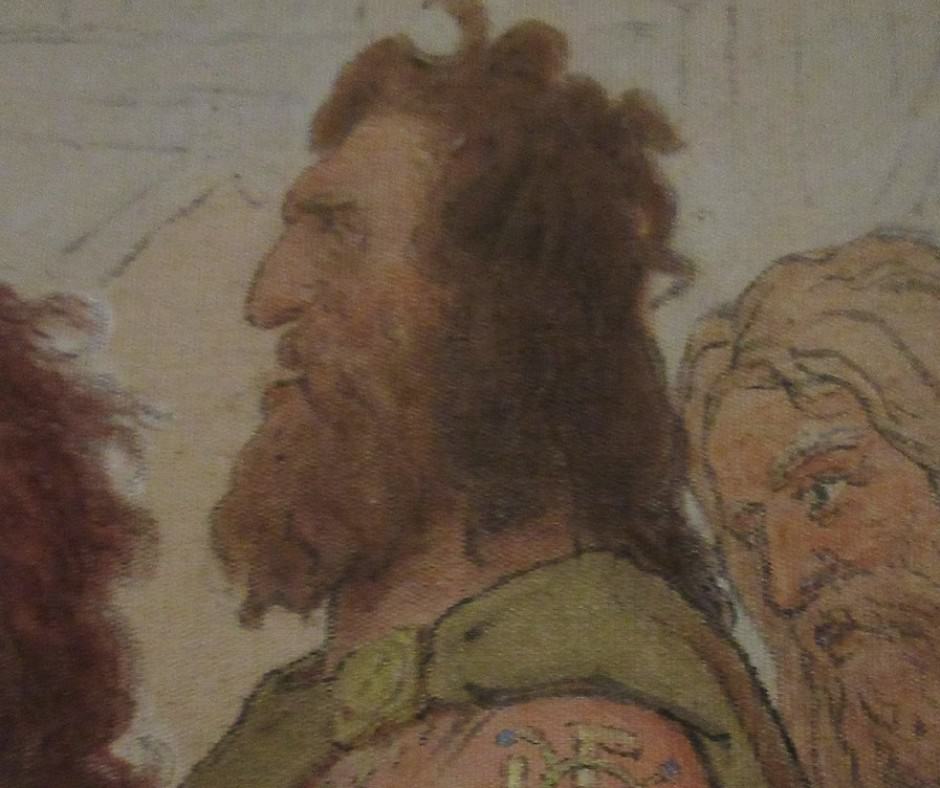
©Frederiksborg Castle – Original / License
Speaking of the tail end of the Viking Age, we can’t forget about Thorkell the Tall. Known for his unwavering loyalty to various Scandinavian rulers, Thorkell the Tall was one of the most renowned Viking warriors of the 10th and 11th centuries. Interestingly enough, his history is intertwined with the early years of Canute the Great. Thorkell the Tall helped prop up a young Canute the Great by taking him out on Viking voyages in his formative years. He’s also known as Thorkell the High. It’s a name that only bolsters the theory that this Viking towered above his peers and foes alike.
Olaf Tryggvason
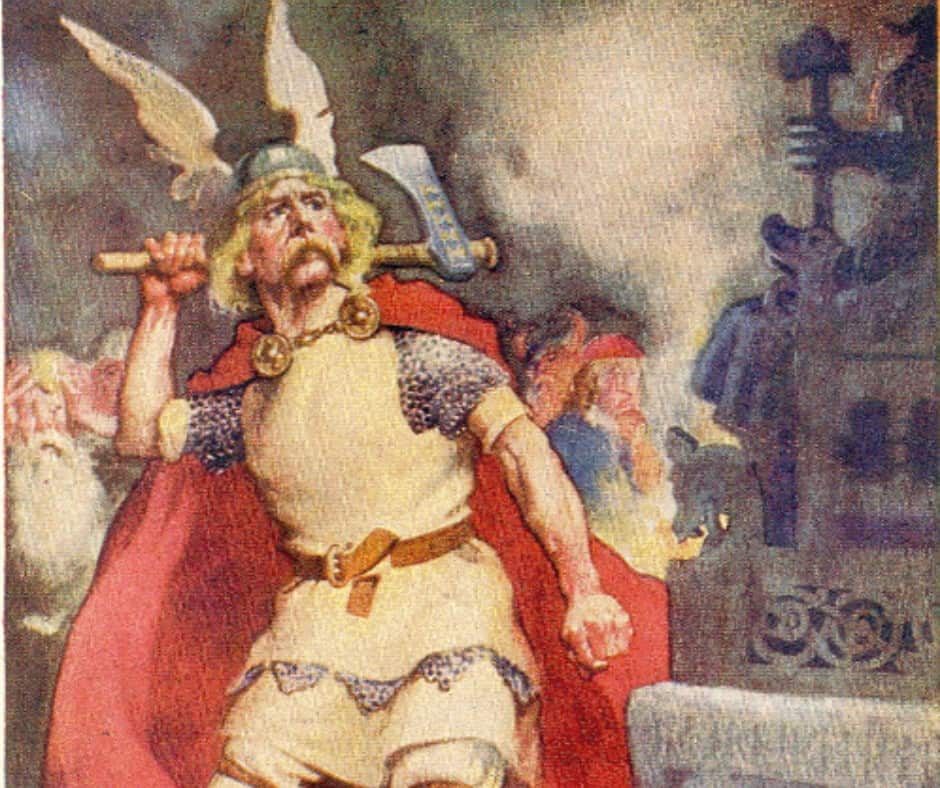
©Monro S. Orr – Original / License
Olaf Tryggvason — also known as Olaf I — was a Viking king of Norway during the 10th century. In addition to his extensive military campaigns, Olaf Tryggvason played a huge part in the Christianization of the overall region. (So huge, in fact, that it may be the most lasting part of his legacy in Norwegian history.) This wasn’t a smooth transition, to be clear. In fact, Olaf I’s nationwide conversion from Norse to Christianity was done quite forcibly. His reign was only five years from 995 to 1000. (It’s certainly a major feat in such a short time frame.)
Leif Erikson
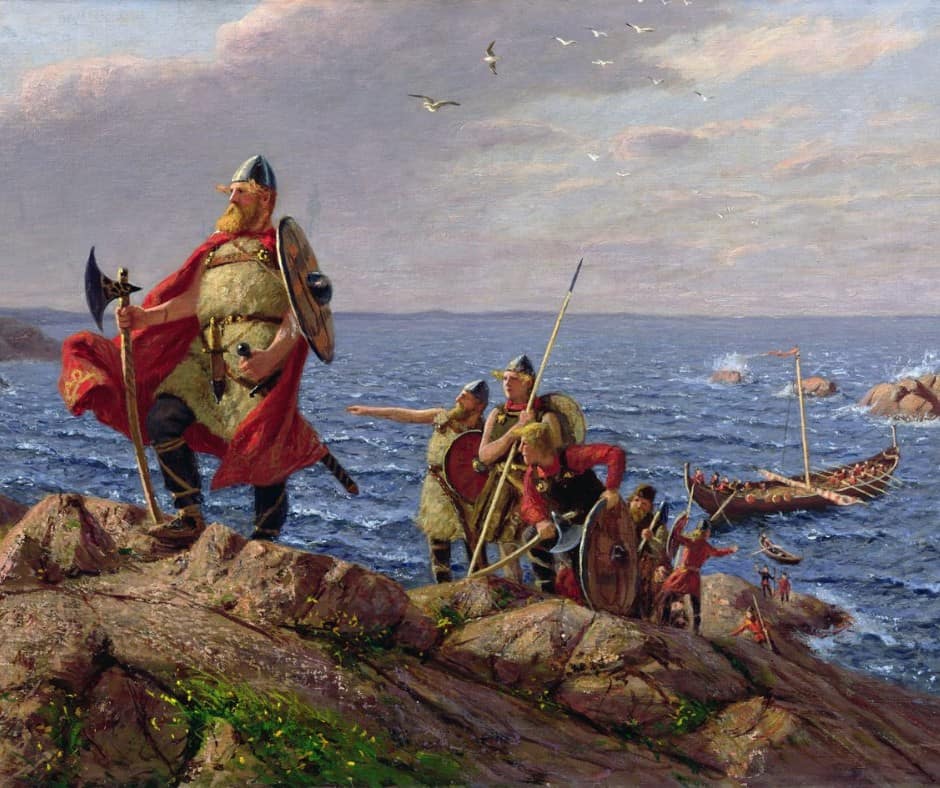
©Hans Dahl (1849-1937), Public domain, via Wikimedia Commons – Original / License
There’s no doubt that Leif Erikson is one of the most famous Vikings ever. (Not just on this list, but in the entire history of the Viking Age at large.) From his iconic mention in SpongeBob SquarePants to his continual appearances across pop culture and history alike. According to the legend, Leif Erikson was the first European to discover the continent of America. He hit the shore a solid four hundred years before Christopher Columbus sailed the ocean blue. Plus, Leif Erikson is also said to have established a Norse settlement in what we now know as coastal New England.